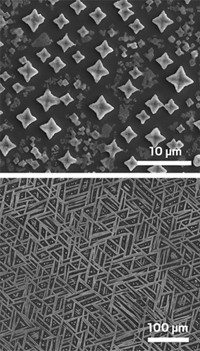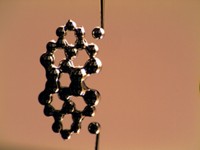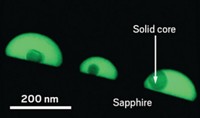Advertisement
Grab your lab coat. Let's get started
Welcome!
Welcome!
Create an account below to get 6 C&EN articles per month, receive newsletters and more - all free.
It seems this is your first time logging in online. Please enter the following information to continue.
As an ACS member you automatically get access to this site. All we need is few more details to create your reading experience.
Not you? Sign in with a different account.
Not you? Sign in with a different account.
ERROR 1
ERROR 1
ERROR 2
ERROR 2
ERROR 2
ERROR 2
ERROR 2
Password and Confirm password must match.
If you have an ACS member number, please enter it here so we can link this account to your membership. (optional)
ERROR 2
ACS values your privacy. By submitting your information, you are gaining access to C&EN and subscribing to our weekly newsletter. We use the information you provide to make your reading experience better, and we will never sell your data to third party members.
Materials
Germanium goes glassy
August 20, 2007
| A version of this story appeared in
Volume 85, Issue 34
By applying a lot of pressure to a little germanium, C. Austen Angell of Arizona State University and an international team of collaborators have prepared the first monatomic metallic glass (Nature 2007, 448, 787). Think of glasses as frozen liquids—their constituent atoms are closely packed and randomly ordered. But since the material doesn't flow as a liquid does, it is, for all practical purposes, a solid. While a number of substances can be coaxed into a glassy state, making glasses from monatomic metals is challenging because the molten metal has a strong tendency to crystallize when cooled below its melting point. Angell and coworkers thwarted crystallization in germanium by applying 7.9 gigapascals of pressure to the molten metal during the cooling process. The pressure reduces the temperature at which the metal normally crystallizes. Atomic motion at the new crystallization temperature becomes sluggish, and the germanium retains the disorder of its liquid phase as it solidifies.





Join the conversation
Contact the reporter
Submit a Letter to the Editor for publication
Engage with us on Twitter